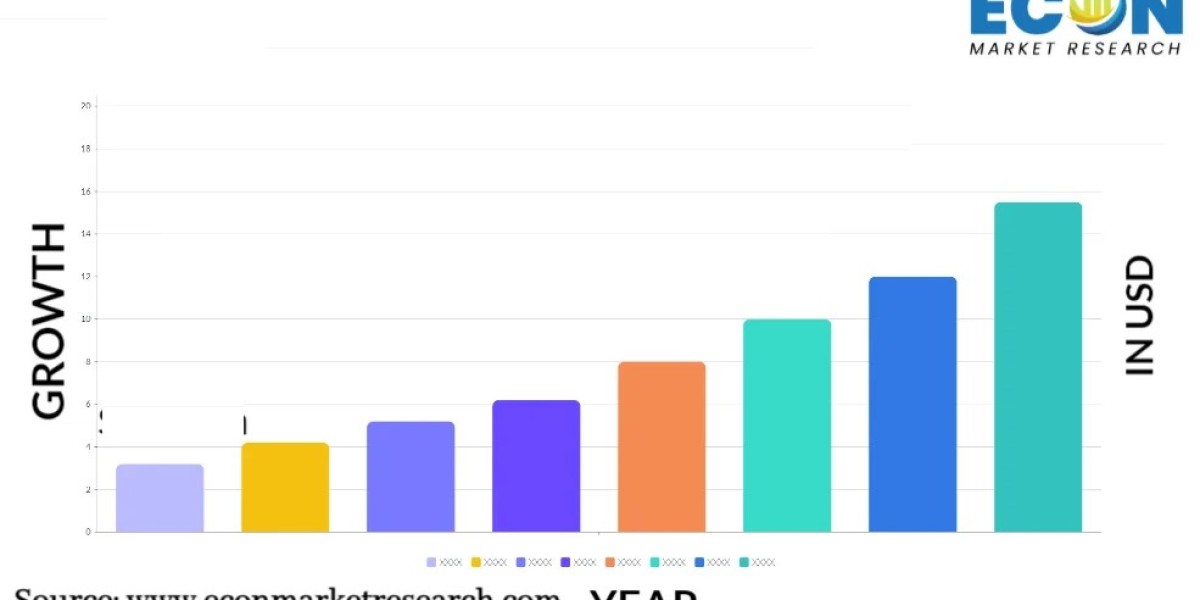The charm of historical tourism lies in its ability to transport us to bygone eras, allowing us to immerse ourselves in the stories, architecture, and culture of the past. While traditional guided tours and physical visits to historical sites have long been the cornerstone of this industry, technological advancements—particularly in Virtual Reality (VR)—are redefining how we experience history. VR technology is emerging as a transformative tool in the historical tourism market, making heritage accessible, interactive, and engaging like never before.
The Evolution of Historical Tourism
For decades, historical tourism has relied on physical site visits, museum exhibits, and guided storytelling to connect people with history. However, many historical sites face challenges such as geographical inaccessibility, structural degradation, and limitations in accommodating large numbers of tourists. Additionally, some historical artifacts and sites are too fragile or lost to the ravages of time to be displayed in their original context.
Enter Virtual Reality. By harnessing VR, the historical tourism industry can overcome these barriers, offering immersive experiences that are as close to reality as possible—sometimes even better.
How Virtual Reality Enhances Historical Tourism
1. Bringing Lost History to Life
VR enables historians and technologists to recreate sites and events that no longer exist. Imagine walking through the streets of ancient Rome, exploring the majestic Colossus of Rhodes, or standing amidst the bustling bazaars of 14th-century Baghdad. With VR, users can experience these reconstructions in vivid detail, based on archaeological findings and historical records.
2. Enhancing Accessibility
Not everyone has the time, resources, or physical ability to travel to historical destinations. VR makes these experiences accessible to anyone with a headset, democratizing access to global heritage. From the comfort of their homes or local museums, users can explore the pyramids of Egypt, Stonehenge, or the Great Wall of China.
3. Interactive Storytelling
Unlike traditional tours, VR allows users to interact with historical environments. Through gamification and interactive narratives, users can engage with history on a deeper level. They can participate in events, solve historical mysteries, or observe reenactments, making learning both fun and impactful.
4. Preserving Fragile Heritage
Many historical sites are at risk due to climate change, urbanization, and natural decay. VR serves as a digital archive, preserving these sites for future generations. High-resolution 3D scans and reconstructions ensure that even if the physical structures are lost, their essence remains intact.
5. Complementing On-Site Visits
For those visiting historical sites in person, VR can enhance the experience by providing layers of context and interactivity. Imagine standing in the ruins of a castle while your VR headset overlays a reconstruction of its original grandeur. Such blended experiences combine the tangible and the virtual, offering a richer understanding of history.
Request a sample@ https://www.econmarketresearch.com/request-sample/EMR00947/
Case Studies of VR in Historical Tourism
- The British Museum, London: The museum uses VR to offer virtual tours and immersive experiences of ancient artifacts and sites, such as the tomb of Pharaoh Nebamun.
- Pompeii, Italy: Visitors can explore a VR reconstruction of the city before the eruption of Mount Vesuvius, witnessing life as it was in 79 AD.
- The Anne Frank House, Amsterdam: VR allows users to tour the secret annex where Anne Frank and her family hid, bringing this poignant piece of history to a global audience.
The Challenges and Future of VR in Historical Tourism
While the potential of VR is immense, it comes with its own set of challenges. High production costs, the need for accurate historical representation, and ensuring widespread accessibility are significant hurdles. However, as VR technology becomes more affordable and widespread, these challenges are likely to diminish.
Looking ahead, advancements in Artificial Intelligence (AI) and Augmented Reality (AR) promise to further enhance VR experiences. AI can make virtual environments more dynamic, while AR can blend physical and digital elements seamlessly, creating hybrid experiences that push the boundaries of traditional historical tourism.
Email: sales@econmarketresearch.com









